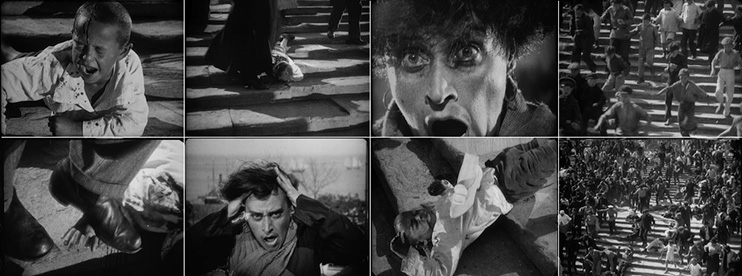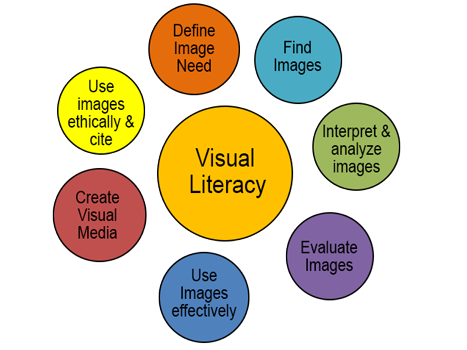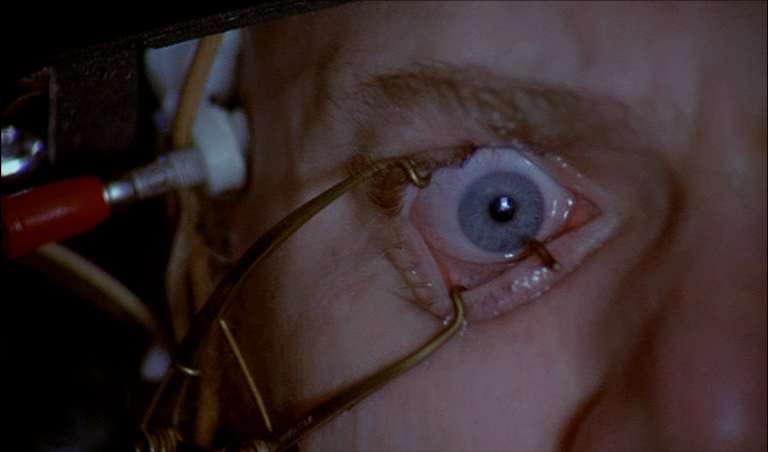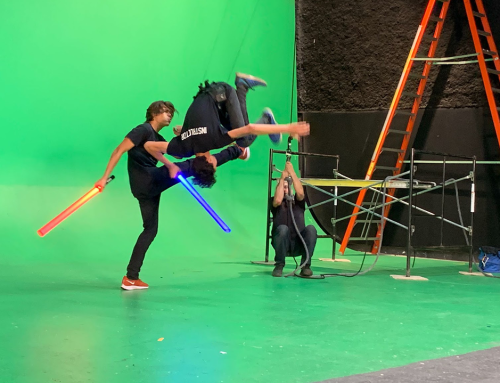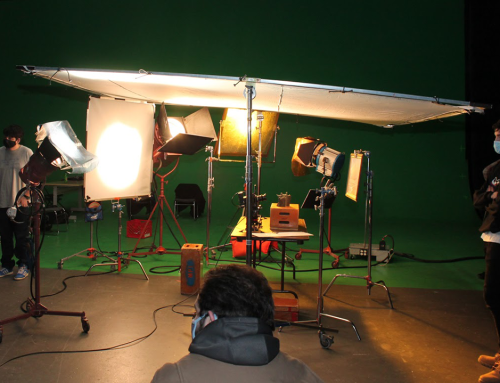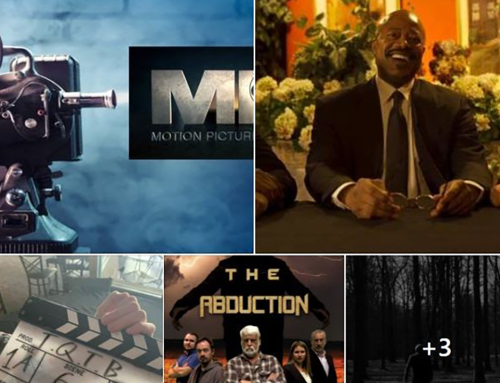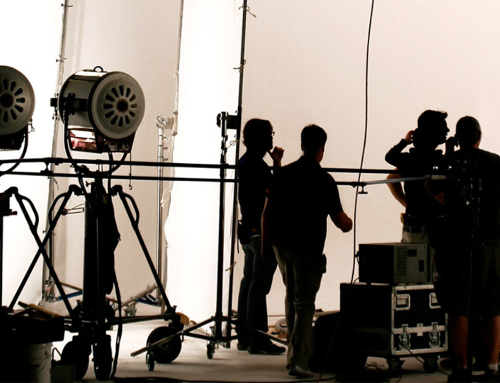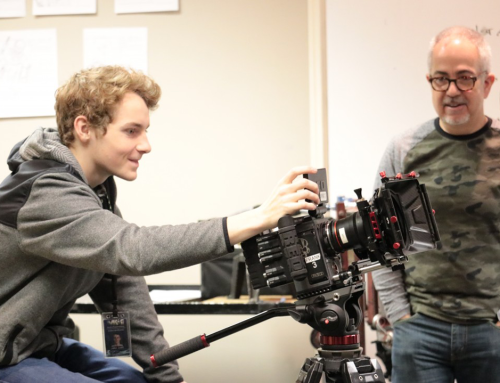We are all visual storytellers and because we are living in a world that is becoming increasingly visual, movie making is no longer a thing reserved for, “artsy types.”
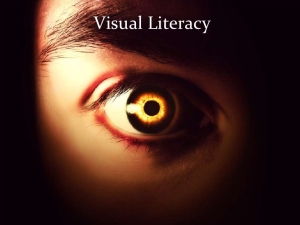 You’re in a crowded public venue where it’s almost impossible to hear the person next to you talk. Yet, as you scroll through your phone you have no problem understanding the video playing on your screen as it tells you a story. It might be a political post, or it might just be showing you how to make a delicious something.
You’re in a crowded public venue where it’s almost impossible to hear the person next to you talk. Yet, as you scroll through your phone you have no problem understanding the video playing on your screen as it tells you a story. It might be a political post, or it might just be showing you how to make a delicious something.
‘Why is that? Why are you able to understand the story being told on your phone even though you can’t hear anything?’ The answer is because the story is being told with images, not words. That’s visual storytelling, and that’s what you learn how to do when you enroll in a film school, such as, Motion Picture Institute.
Images are a universal form of communication and have helped humans communicate since the dawn of time. From cave paintings to digital billboards, we are all visual consumers. We all love to watch a story unfold. It is the art of showing a feeling that emotionally connects to a product, a character, and the issues that shape us. We are all mass consumers of all things visual. So, naturally, it’s important for us all to be good visual communicators. There’s also a growing argument that the road to empowerment in the 21st Century leads to the place where you learn how to tell these visual stories; In other words, FILM SCHOOL.
According to the American Library Association, “Visual literacy,” is a set of abilities that enables an individual to effectively find, interpret, evaluate, use, and create images and visual media.”[1] Visual literacy is an interdisciplinary concept and plays an important role across higher education – in the arts, humanities, science, technology, business, and more. Twenty-first century college students are expected to use and critique images in their academic work, and to produce visual materials that effectively communicate their research and scholarly activities.” When the Information Service experts agree that visual literacy is essential, that’s saying something. Worth noting, “Information Service Expert,” is an actual degree.
Whether you plan to start your own business or help make an existing one better, it will be important for you to understand the power of visual storytelling. Whether it be the need to understand why an internet infomercial is driving traffic to your business or helping you sell more of a product you should know why. Better yet if you know how to create your own visual stories you become an even greater commodity to yourself and your business.
Video resumes, ads, commercials, infomercials, how to videos, self-help videos, good wedding videos, music videos, documentaries, and feature films are all nothing more than a series of images strung together in a way designed to tell you a story. And no matter what language you speak or where you are in the world a well told story isn’t reliant on the spoken word.
A good story transcends language barriers. Whether I’m English, Russian or Chinese I can easily understand that Facebook Video Recipe showing me how to make double fudge brownies. That’s because a good visual story doesn’t need spoken words in order to be understood.
It’s why, at the Motion Picture Institute one of the class exercises finds students taking a copy of a script and removing all the dialogue. They are then tasked with rereading the script to see if they still understand the story based on the visual descriptions alone. They are then able to revise the script by adding missing imagery because a good story can be understood with only images.
There’s a reason filmmakers’ sometimes get paid very well to tell you a story; there’s an art to it. And that’s why FILM SCHOOL is not just for the “artsy types”. FILM SCHOOL, especially one you can take in a years’ time, can and should be for ALL.
Attention is the new commodity; visual storytelling is the new currency.
Come to MPI for a tour and learn how we can help train you for the 21st Century and an increasingly visually driven world.
Thanks for reading.
Information gathered from: http://www.ala.org/acrl/publications/keeping_up_with/visual_literacy


